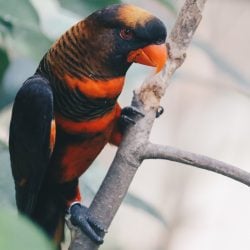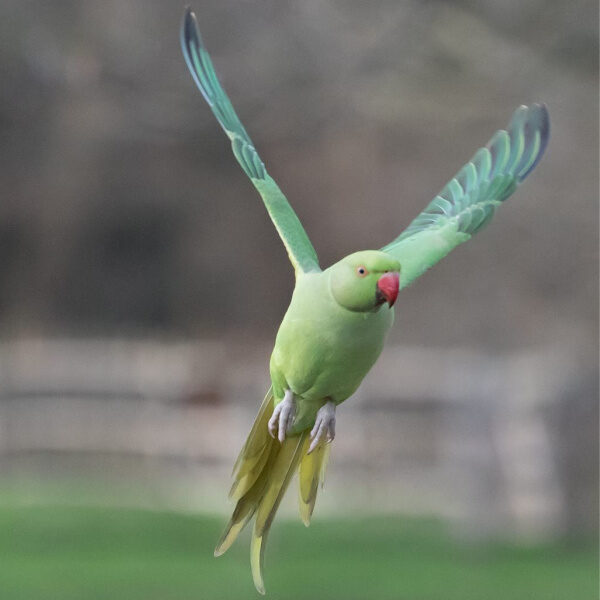
Air Purifiers for Birds and Parrots – What Should I Look For?
Last Updated on by Mitch Rezman
Your science lesson for today is a brief refresher on how birds breathe. When you and I breathe, air flows in AND out of our lungs. Air sacs in a bird’s chest allow air to flow one way through the lungs.
Mother Nature provided benefits to using this unidirectional airflow. The first benefit is air moving through a bird’s lungs, which is mainly fresh air which means it has a higher oxygen content.
The second reason is if birds had bi-directional airflow through their lungs they would rise and fall as they flew much like a submarine taking on and releasing ballast to submerge and surface.
Trick question? How do you remove radioactive particles from the air? HEPA: High-Efficiency Particulate Air (HEPA) filtration systems. I would’ve never thought of it not being recommended by the Atomic Energy Commission.
HEPA is used in spacecraft and hospitals and throughout various industries. They are actually capable of removing close to 99.9994% of particles down to .3 microns in size (about 1/25,000 of an inch!) from the air you would your birds breathe. Viruses and bacteria move around on the backs of dust particles which is a really good reason to have an air purifier.
As bird keepers, we remove things like Teflon and tobacco smoke from our homes. We know not to expose our birds to any noxious fumes, but it’s been a long winter. When was the last time you opened your windows for some fresh air? Do you live in a major metropolitan area? What’s your overall air quality?
Written by Mitch Rezman
Approved by Catherine Tobsing
Author Profile
Latest entries
 The Traveling BirdJune 26, 2025Can You Name 5 Parrot Species That Are Living Wild in the USA?
The Traveling BirdJune 26, 2025Can You Name 5 Parrot Species That Are Living Wild in the USA? Bird BehaviorJune 26, 2025How is it Parrots Are Problem Solvers Social Animals and Even Use Tools?
Bird BehaviorJune 26, 2025How is it Parrots Are Problem Solvers Social Animals and Even Use Tools? Bird & Parrot AnatomyJune 25, 2025How a Tiny Chemical Modification Makes Parrots Nature’s Living Paintings
Bird & Parrot AnatomyJune 25, 2025How a Tiny Chemical Modification Makes Parrots Nature’s Living Paintings PigeonsJune 20, 2025How Do Parrots Thrive in Cities Outside Their Native Habitats?
PigeonsJune 20, 2025How Do Parrots Thrive in Cities Outside Their Native Habitats?


